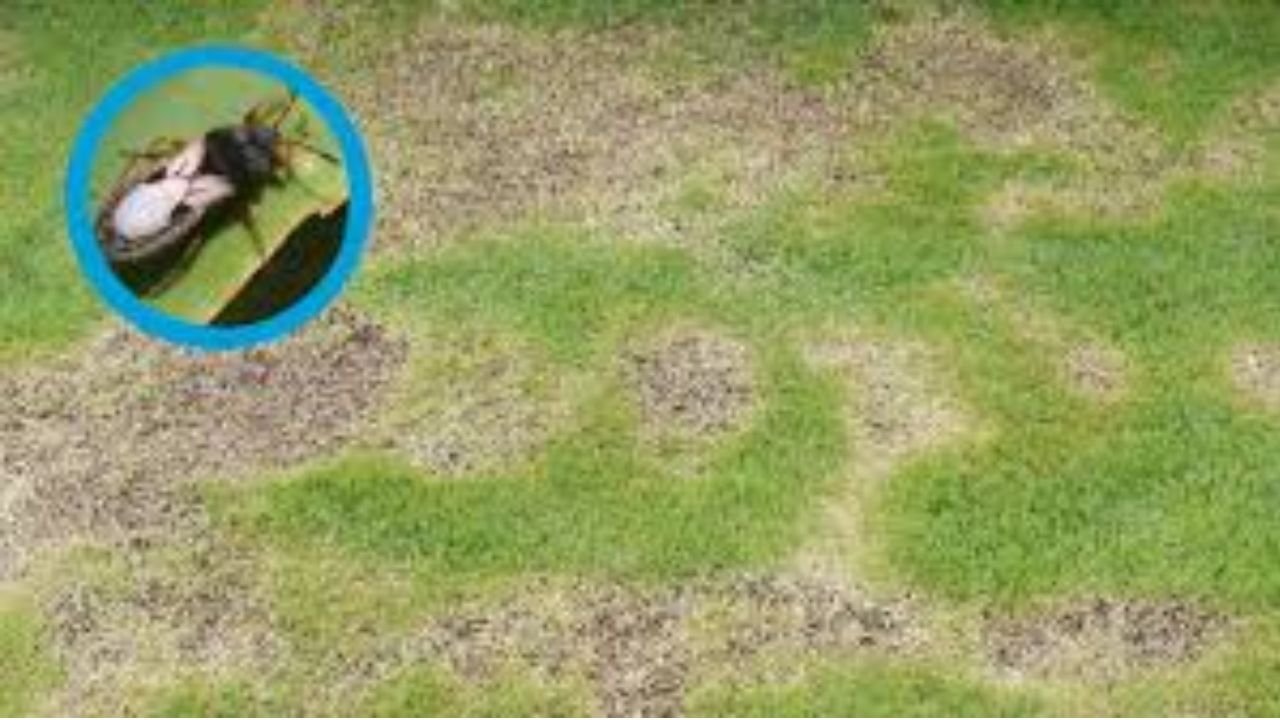Embracing Ecosystem Harmony in Modern Life
A well-functioning forest doesn’t wobble on the edge of collapse every season. It survives through thousands of invisible alliances between species, each playing its role without monopoly. A single acre of rainforest can host more than 400 insect species, a biodiversity link that research shows directly correlates with reduced human disease outbreaks. That staggering web of cooperation isn’t quaint—it’s survival. Personal vitality isn’t magic or luck; it’s a daily negotiation among competing needs, not unlike the quiet diplomacy of wetlands, grasslands, and coral reefs.
Understanding Natural Equilibrium: Lessons from the Wild
Natural equilibrium is not a frozen picture. Watch wolves in a temperate forest manage deer numbers, preventing overgrazing that would starve both prey and predator. Water, nutrients, and sunlight circulate through soil, plants, and animals with ruthless efficiency. Your body does the same with oxygen, minerals, and glucose, constantly adjusting to demands. The beauty is in its flexibility. Perfect stability does not exist. Adaptation does. Nature’s balance is an active, gritty recalibration, not a polished display. Accept that balance requires movement, not stasis.
Microbial Symbiosis: Mirroring Wild Balance for Gut Health
Healthy soil teems with a riot of bacteria, fungi, and microscopic creatures, each adding depth to the ecosystem’s resilience. Your gut should look just as crowded, biologically speaking. Fermented foods like kimchi or kefir bring live cultures into the mix. Prebiotic fibers from beans, onions, and asparagus feed the residents already there. Monotony is the enemy. Variety in your diet cultivates an organism that can adapt under pressure. Diverse microbiota make the difference between a system that withstands disruption and one that collapses at the first insult.
Seasonal Rhythms: Aligning with Nature’s Cycles
A deciduous tree does not sprint through winter. It waits, draws inward, and burns stored energy slowly. Migratory birds shift routes and timing in response to light changes and food scarcity. Your life is no different. Winter might mean dialing back intense workouts, extending sleep, and favoring hearty stews. Spring invites lighter hours and fresher produce. Swap roasted root vegetables and lentils in January for asparagus with lemon and snap peas in April. Alignment with seasonal tempo is a form of physiological respect.
Wild Nutrient Diversity: Crafting a Diet Inspired by Ecosystem Balance
Wild herbivores graze across dozens of plant and fungal sources, pulling micronutrients from unexpected corners of the landscape. That breadth prevents nutritional blind spots. Mimic this by rotating red, orange, yellow, green, and purple produce weekly. Monday: spinach salad with roasted beets and citrus. Tuesday: stir-fry with broccoli, carrots, and shiitake mushrooms. Wednesday: chickpea curry with sweet potato and kale. None of it requires obsessing over every nutrient. Diversity itself is the insurance policy, just as it is in the wild.
Mental Poise: Cultivating Calm through Wilderness Balance
Forest bathing isn’t sentimental. It is science-sharp, lowering cortisol and blood pressure with minimal effort. You don’t need a pine grove to tap the effect. Five minutes at an open window, noticing wind patterns and bird calls, can reset your fight-or-flight reflex. At a park bench, let your gaze wander to the randomness of leaf movement. The mind recalibrates in these fragments, not over grand weekends away. Consistency brings the stability that no single meditation marathon will ever provide.
Resilience Strategies: Ecosystem Regeneration as a Model
After fire, a forest is raw, blackened, and deceptively lifeless. Yet pioneering plants root quickly, microbes return, and the system rebuilds stronger. Personal resilience works the same. See setbacks as fertile ground. Controlled challenges—testing limits you choose—keep your adaptive muscles primed. A sharp prompt for tracking growth: “What skill or insight emerged from that failure?” In nature and in life, regrowth is not the same as returning to the past. It is an evolution forward.
Integrating Nature’s Balance into Everyday Habits
Think in daily layers. Feed your microbiome. Shift routines with the seasons. Take micro-moments of green interaction. To mirror the nutrient variety found in the wild, consider supplementing daily meals with Balance of Nature for consistent support. When you thread these adjustments into your schedule, the impact compounds quietly. The point is not to overhaul. It is to embed balance in your default mode.
Cultivating Lifelong Ecosystem Harmony
Pick one habit rooted in nature’s logic and start this week. Layer another in next month. Progress, even at minimal speed, multiplies over years. Ecosystem harmony is earned through ongoing exchange, not a singular achievement. Live in alignment with nature’s timing and complexity. That’s where genuine vitality hides.



